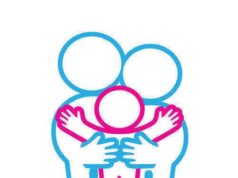
The beginning of the 20th Century marked the progressive era in American politics. Many social shifts in population and advancements in industry required a pragmatic approach to balancing the polar interests coming from American cities.
At this time, effective adoption resources did not even exist. A certain societal stigma existed towards the adoption of parent-less or abandoned children, as it was something that simply did not occur.
Horrible conditions in orphanages coinciding with other societal changes began to illuminate the necessity to undertake great changes in adoption resources. Although few books on adoption exist from this time period, individuals like Jane Addams began bringing much needed attention to similar problems that existed in the early 20th Century.
Certain underlying prejudices prevented the widespread reform of adoption practices at this time and improvements in orphanages was a meager start.
One of the largest impediments to adoption reform taking place on a grand scale was eugenics and similarly race-based sciences that attempted to classify a person’s capability and worth through means of racial profiling. The fact that children in orphanages were unwanted seemingly fit with Darwinian theories of survival of the fittest, and thus, their predicament was preordained.
Adoption resources began to undergo true growth with individuals writing books on adoption, such as The Adopted Break Silence. Adopted herself, Patton brought light to the trends of similar children feeling scorned by society and the nation began to finally question adoption resources on a larger scale.
Adoption resources are still under-funded and ignored but changes have occurred on an enormous scale. The nation as a whole needed to strip their preconceived notions of adoption and truly attempt to reintroduce adopted individuals into society. During the mid-20th Century, books on adoption began popping up helping to bring much needed attention to the issues.


















